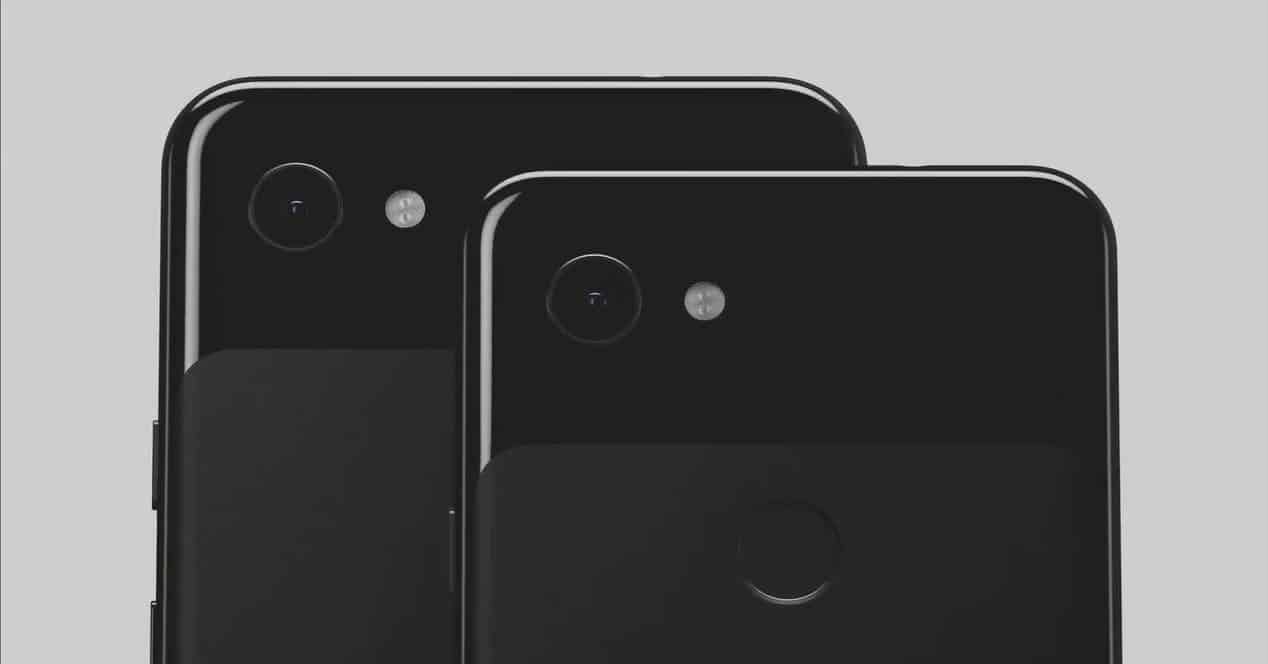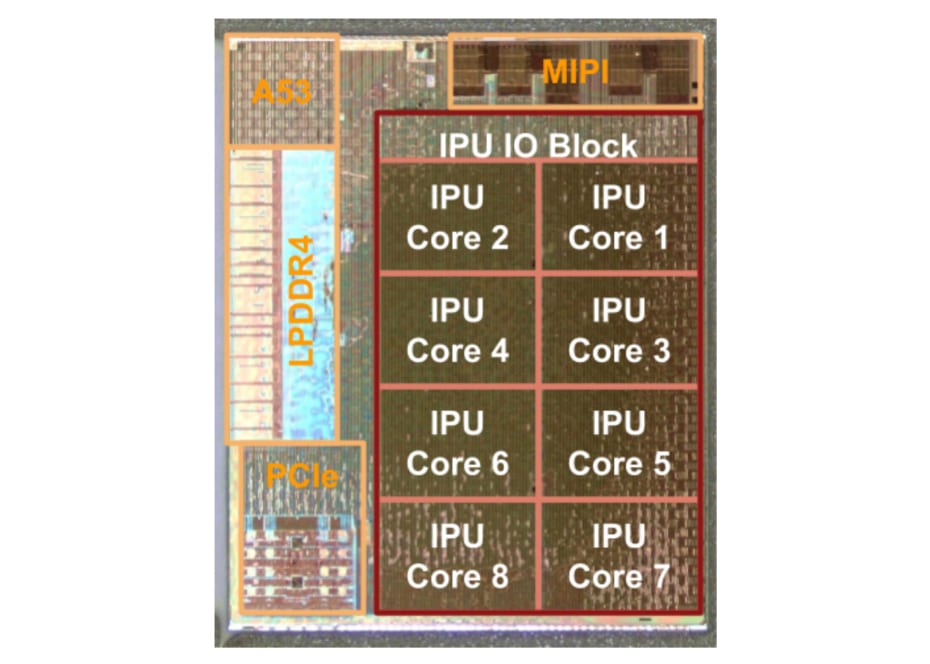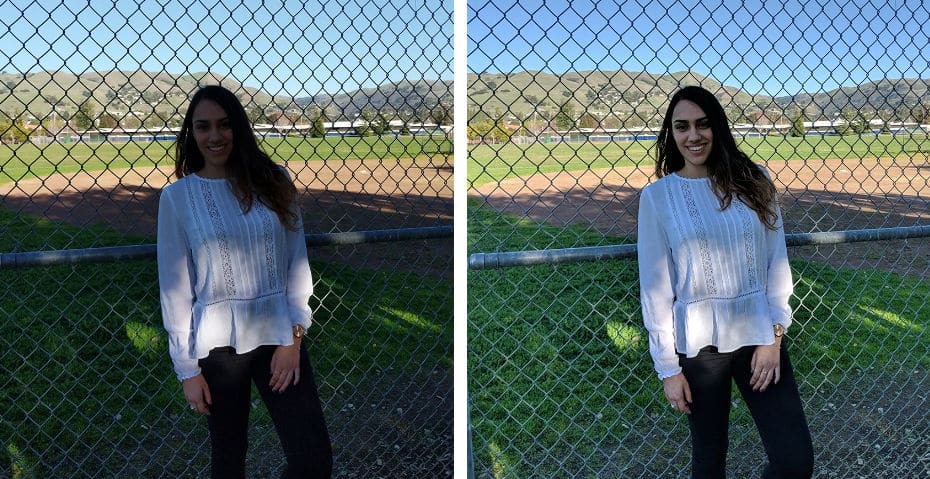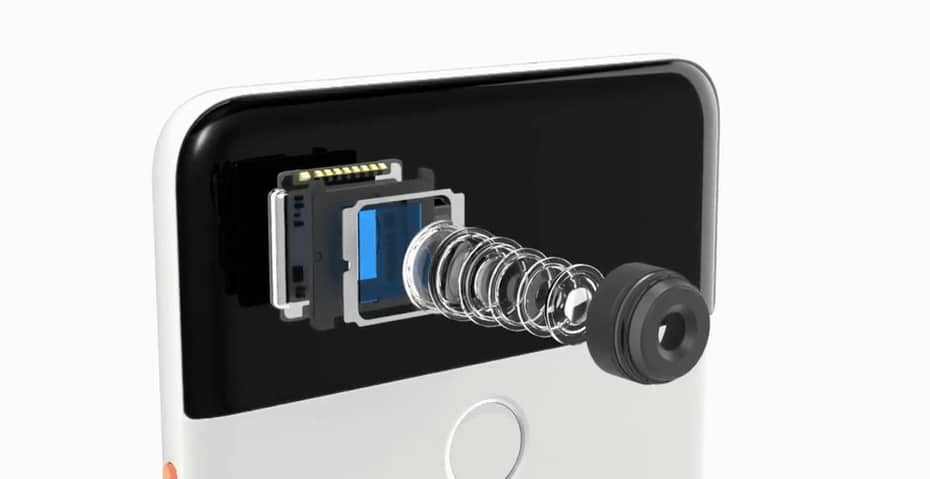
The new Pixel 3a and Pixel 3a XL are already here and despite the differences with its other versions They provide very attractive features, but there is a detail that can be key: Pixel Visual Core. What is it, how does it work and why is it important? We see it.
Pixel Visual Core, what is it?

Pixel Visual Core is a chip, a coprocessor that Google added to its latest Pixel 2 and Pixel 3. It is based on ARM architecture and together with a Cortex-A53 processor, its own LPDDR4 memory and eight IPU units with 512 ALUs (Arithmetic Logic Units) it is capable of performing advanced mathematical operations at high speed and with reduced energy consumption.
Compared to the performance that the Snapdragon 835 can offer for the same tasks, the Pixel Visual Core is up to five times faster. Therefore, the advantages for image processing are many since its capacity to handle huge amounts of data at high speeds is high.
[RelatedNotice blank title=»»]https://eloutput.com/noticias/mobiles/pixel-3a-best-worst/[/RelatedNotice]
This processor was introduced for the first time in the Pixel 2. Initially, only the camera application was able to take advantage of its capabilities, after the corresponding updates, other applications such as WhatsApp or Snapchat are also able to take advantage of it.
How Pixel Visual Core works
El how pixel visual core works it is complex and important for the final photographic performance and quality. When this coprocessor is used, the camera application is able to capture and process more data.


For high dynamic range photography, Pixel Visual Core analyzes multiple photos with different exposure levels. This allows you to have more data to later merge and obtain images with greater dynamic range, contrast and detail. If you've seen photos taken with a Pixel you know what we mean.

Along with the HDR + mode, the bokeh or portrait mode also takes advantage of the work of Pixel Visual Core. When taking a photo, it allows you to detect the subject or object in the foreground, crop the edges to separate it, and apply different levels of blur depending on the interpretation of the distance between objects. This gets a more gradual and natural bokeh effect without the need to use multiple lenses. Obtaining results with a quality that until not long ago were unthinkable in a smartphone.
Why Pixel Visual Core is important

Having specific processing units is not something new. Many manufacturers have opted for this type of solution to facilitate and improve the performance of certain tasks. We've seen coprocessors like Apple's in their Ax chips that take care of security, Face ID, etc. Also in Huawei with its NPUs for the whole artificial intelligence issue. And in Google terminals to enhance photography.
In the new Pixel 3a the coprocessor Pixel Visual Core is not available. Does that mean that photographically they will be worse than their older brothers? It is soon, we will have to try and above all compare but there is a fact that we cannot ignore.
https://www.youtube.com/watch?v=iLtWyLVjDg0
If the Pixel Visual Core reduces computation times and offers more power than the Snapdragon 835 could offer, what if the task had to be done by less powerful hardware like the Pixel Visual Core? Pixel 3a that mounts a Snapdragon 670? Well, initially the processing time would be longer and that would harm the user experience. Therefore, together with the quality of the result, it will be necessary to check how it behaves in comparison to the Pixel with a dedicated chip.
When we have more data we will show you comparisons and our in-depth analysis so that you can assess. At the moment what we have known we like and can be a great alternative. What do you think?